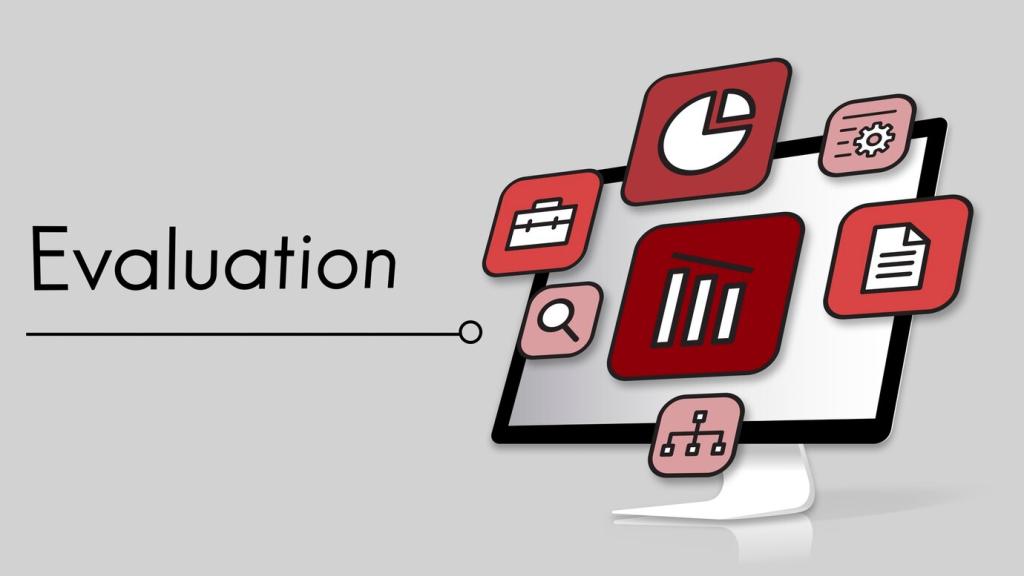Emerging Tech, AI, and Continuous Adaptation
Run tabletop exercises exploring how AI misuse, quantum threats, or edge computing failures could unfold. Combine red teaming with business continuity perspectives. The practice strengthens muscle memory, surfaces weak assumptions, and informs realistic investments before headlines write the story for you.
Emerging Tech, AI, and Continuous Adaptation
Risk evaluation should include fairness, transparency, and human impacts. Engage legal, privacy, and ethics councils early. Document model lineage, data provenance, and intended use. This interdisciplinary discipline prevents reputational harm and aligns innovation with values customers are proud to endorse.









